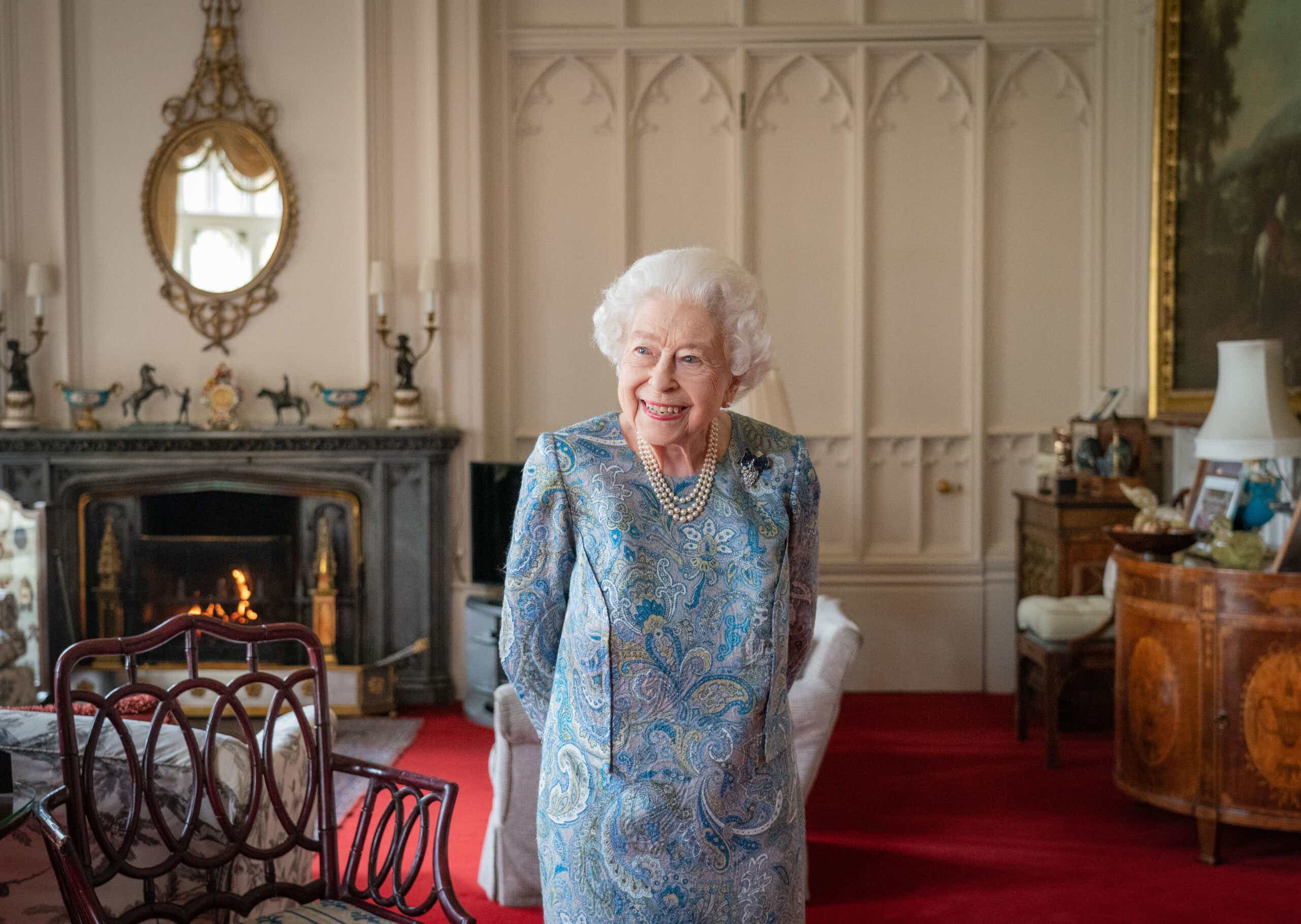Exactly three weeks since she passed away, Thursday saw the public release of Queen Elizabeth II's death certificate, revealing what specifically happened to the long-serving face of the royal family at the end of her life.
The certificate, which you can see right here, lists the official cause of death as "old age," adding that she died at Balmoral Castle in Scotland at 3:10 p.m. on Sept. 8, 2022. Considering she was 96 years old, it's not exactly a surprising revelation, but the official determination does add some closure to the story, considering the Queen had been dealing with various health issues in the final years of her life.
As The New York Times points out, the most telling information in the document is not about how the Queen died, but when. Buckingham Palace had announced just after noon (UK time) on Sept. 8 that officials were "concerned for Her Majesty's heath," but the official declaration of her death didn't come until 6:30 p.m., just over three hours after she'd actually died.
After the announcement that her wellbeing was worrying the staff, the media began closely tracking the movements of the royal family as they made their way to Balmoral, and these new details about timing reveal who was able to make it to her bedside before she passed away. King Charles III (then known as Prince Charles) and his sister, Princess Anne, were both already in Scotland, so signs point to the fact that they were able to say their last goodbyes to the Queen. Meanwhile, the Queen's sons Prince Andrew and Prince Edward and King Charles's son Prince William all arrived after 5 p.m., while Prince Harry made it around 8 p.m., so they were not present before the Queen slipped away just after 3.
It's perhaps fitting that the thing which eventually comes for us all — the passage of time — is what ultimately claimed the life of one of the longest-serving monarchs in the history of the world. She sat on the throne for 70 years and 214 days, a record bested only by King Louis XIV of France, who reigned for 72 years and 110 days before his death in 1715.
Rounding out the top five longest-reigning royals are Rama IX of Thailand (70 years, 126 days), Johann II of Lichtenstein (70 years, 91 days), and Kʼinich Janaabʼ Pakal, who led the Mayan city-state of Palenque (68 years, 33 days).
In other royal news, things in the UK are beginning to normalize following the death of such a long-standing cultural figure. Windsor Castle reopened to the public on Thursday, after having closed out of a sign of respect for the Queen. Hundreds of visitors lined up to mark the occasion, and some said they deeply felt the absence of the monarch who once lived there.
“The castle feels like empty, gloomy. Nobody’s living in it. You know, you’ve lost the queen, you’ve lost the duke, you lost the corgis,” a guest named Anne Daley told the Associated Press. “It’s like when you’ve sold your house and all the history is gone.”









